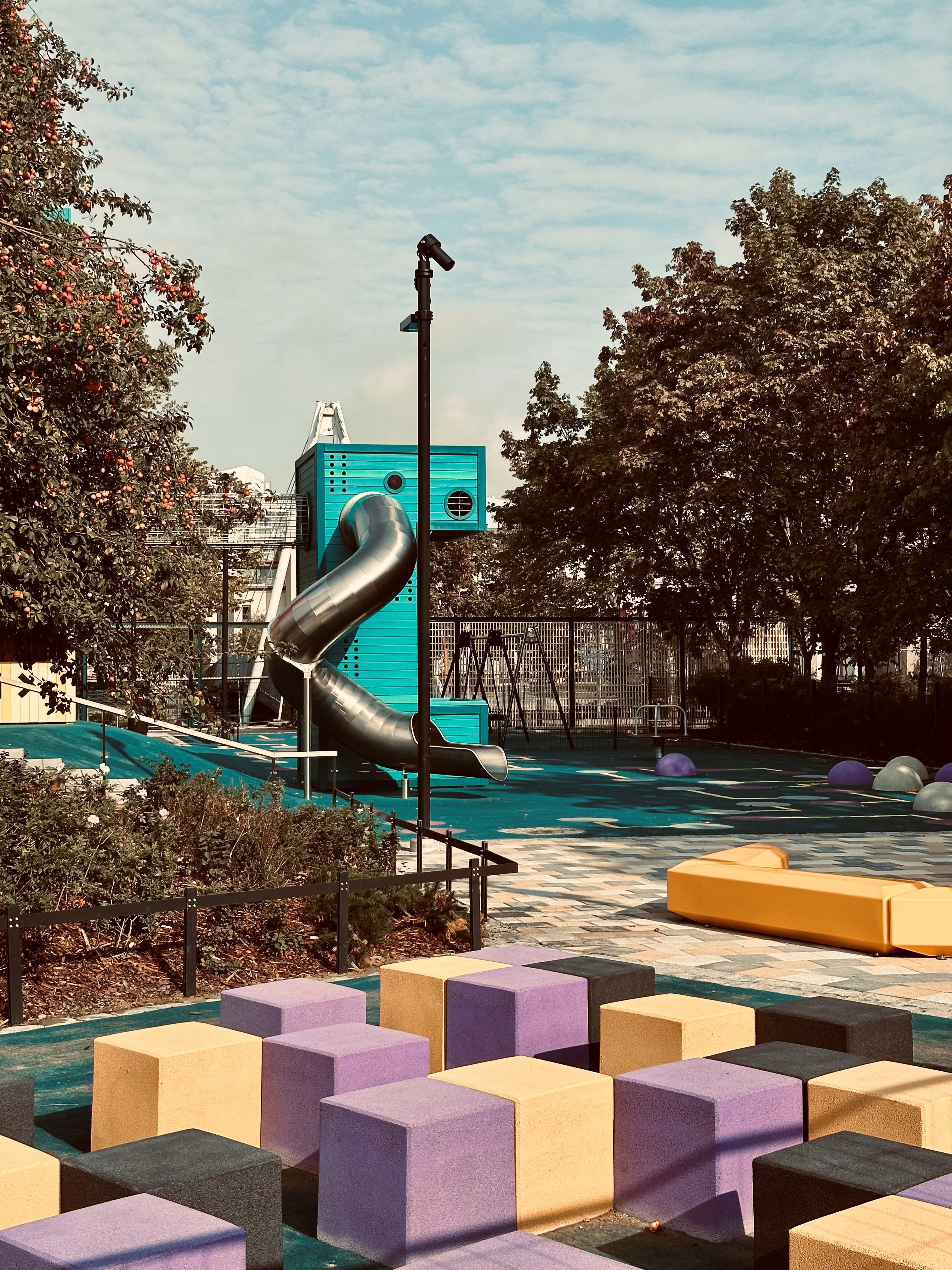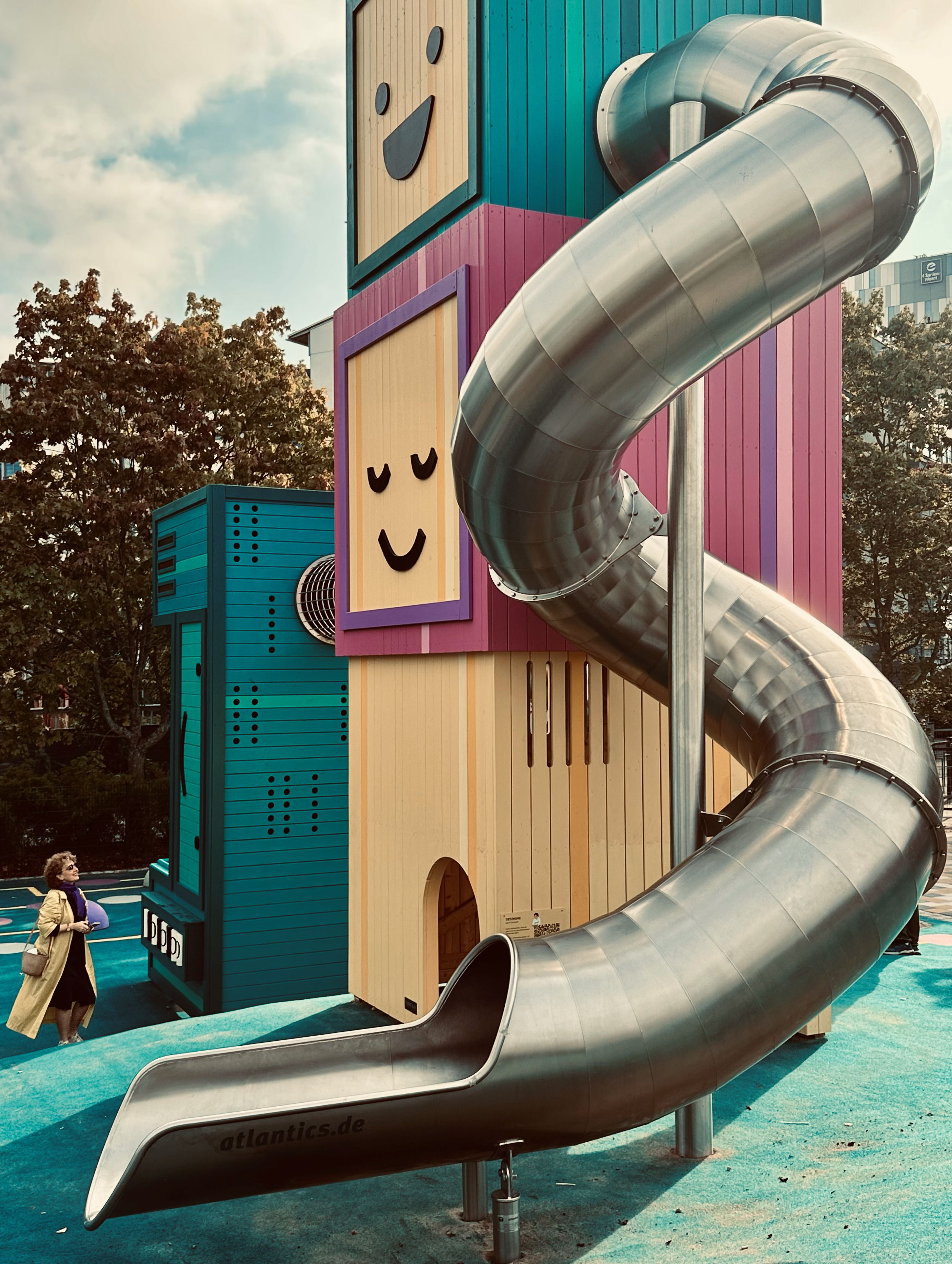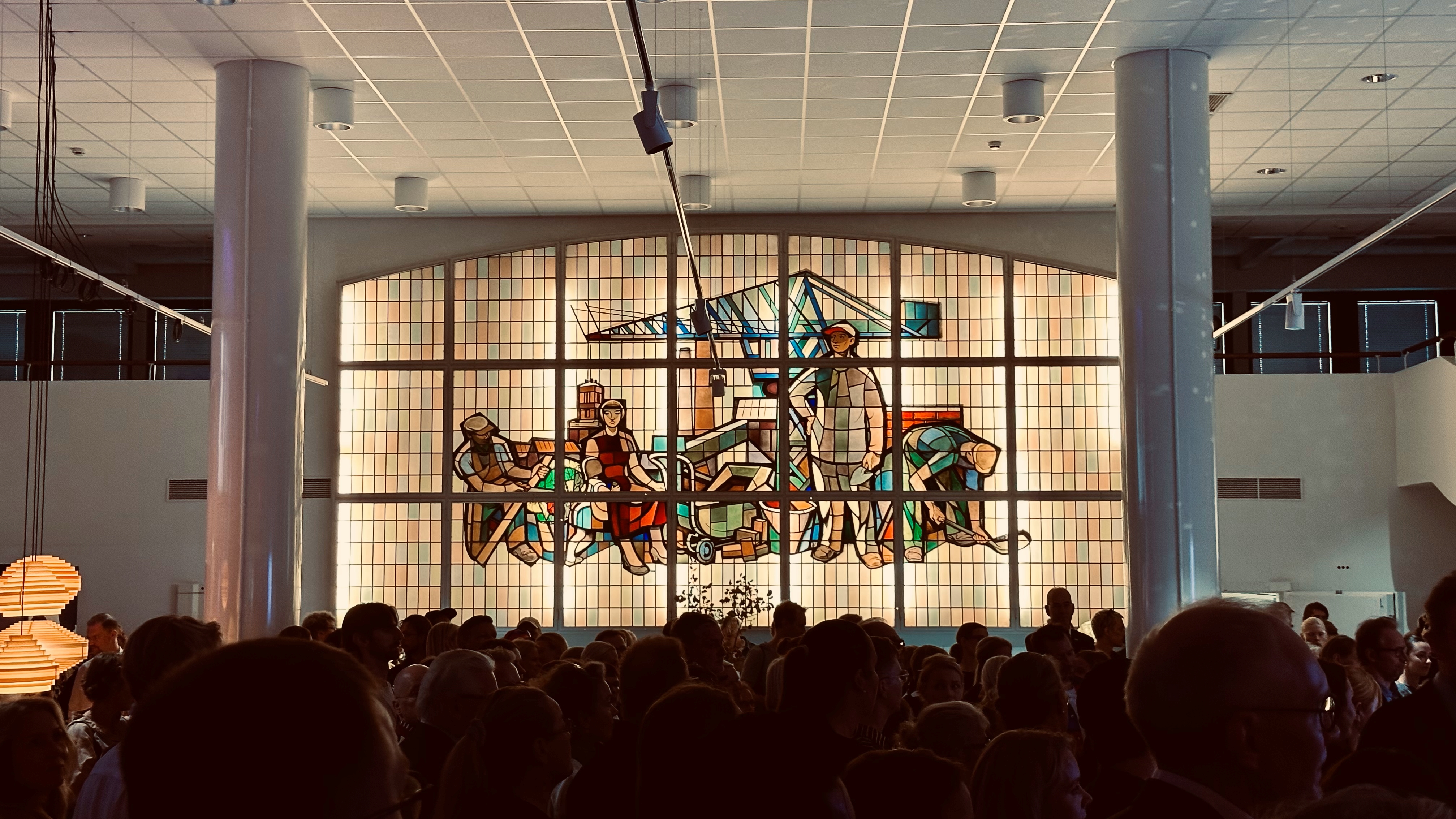
We could learn a lot from the Finns, not just from their intrinsic embrace of design as part of everyday life, but in their approach to life full stop. You’ve probably read already that they are regularly (perhaps spuriously) voted the happiest population on the planet. Here’s a mere smattering of remarkable facts gleaned about life in Helsinki from just two days spent covering Helsinki Design Week 2024 (6 to 15 September). During summer holidays, every day, all children under the age of 16 have access to free, state-funded, hot meals served in playgrounds at lunchtime. There is a tunnel system under Helsinki with a plan to house and support the entire urban population in case of catastrophe, complete with water, electricity, wifi, libraries, playgrounds, an art gallery and enough food supplies for three years. Taxes might be exorbitant but state welfare is deemed good enough not to elicit much grumbling. Oh, and apparently Finns call mozzarella Moomin flesh, which is amazing.
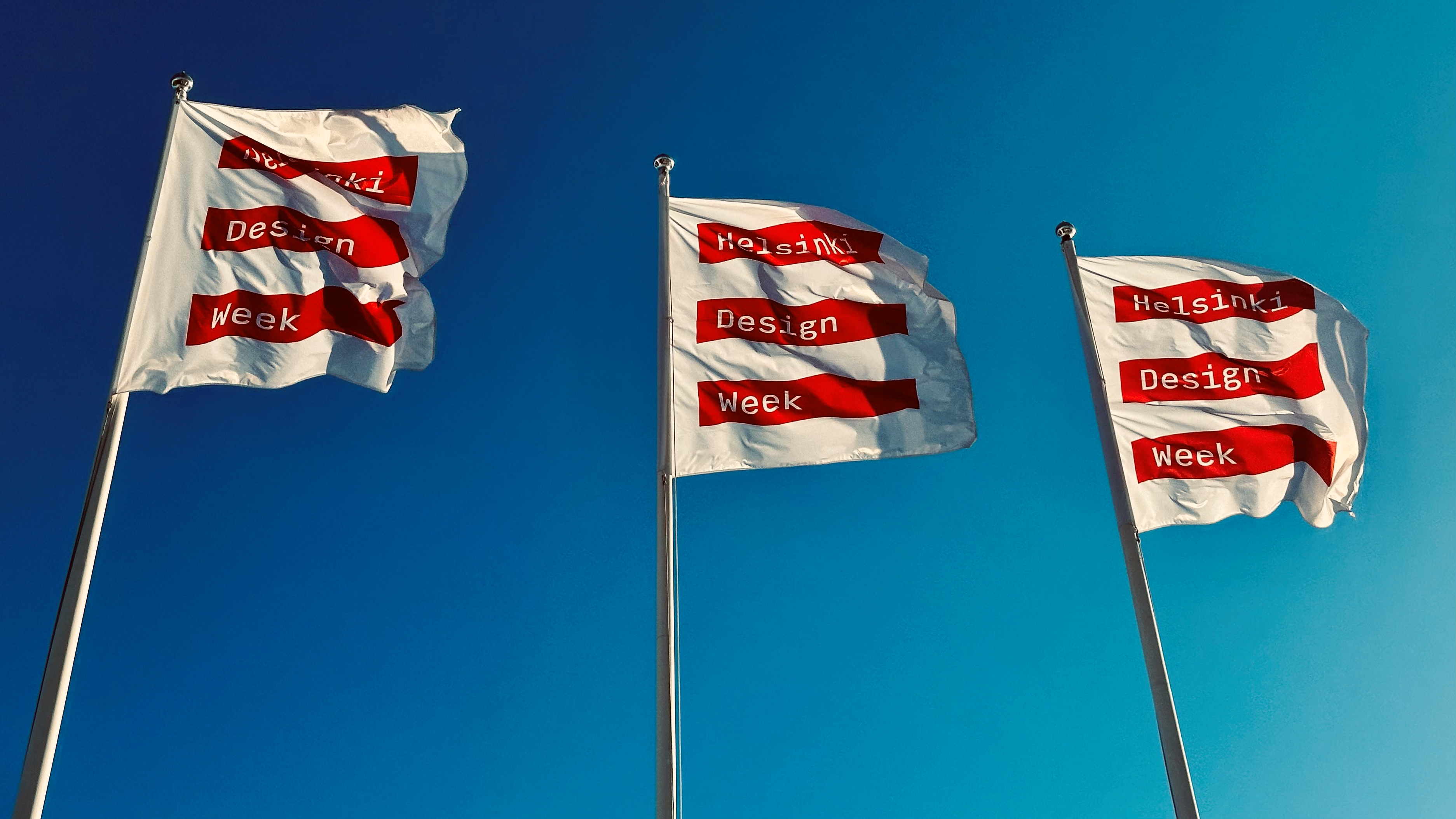
We’re here to talk about design, not Moomins, and, true to Finnish design sensibility, Helsinki Design Week is not an event that takes place only at a trade fair. Over two days we are shown Alvar Aalto buildings, of course. But we are also shown a new playground that teaches children about digital culture, a new four-storey hotel and HQ for the forestry company Stora Enso, built predominantly from wood, a new housing development by American architect Steven Holl, a new wooden toy company, and a new combined research and exhibition space at Aalto university. We are taken to new restaurants and introduced to a new architectural competition for a new Museum of Design and Architecture that is spearheading the redevelopment of a new museum quarter on the old harbourfront. We are introduced to the new creative directors of heritage Finnish design brands. The message is loud and clear: there is a surge of progress taking place in Helsinki, and design is the driver.
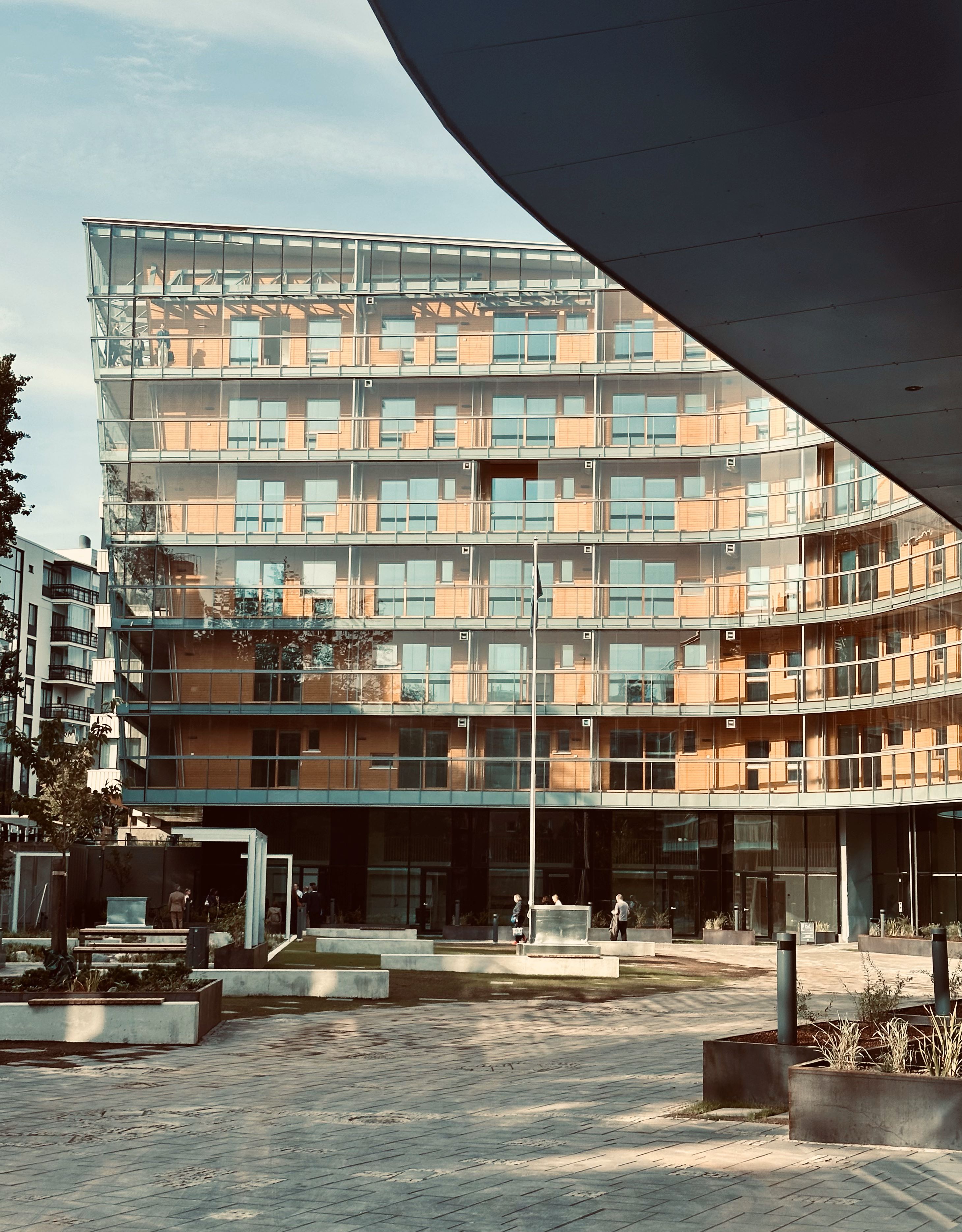
For all the optimism, not everything is rosy in Helsinki. There are 50 per cent more hotel rooms in the capital today than in 2019 – a huge number of new properties were greenlit before the pandemic and Russia’s invasion of Ukraine and, thanks to the latter, tourism is suffering. Because of the war and necessary detour around Russian airspace, Vantaa’s monopoly as an Asian transit hub has all but dried up. That beautiful paragon of an airport feels like a ghost town. Finland might now be part of Nato, but its 1,340km border with Russia looms large on the horizon and in the consciousness of Finns.
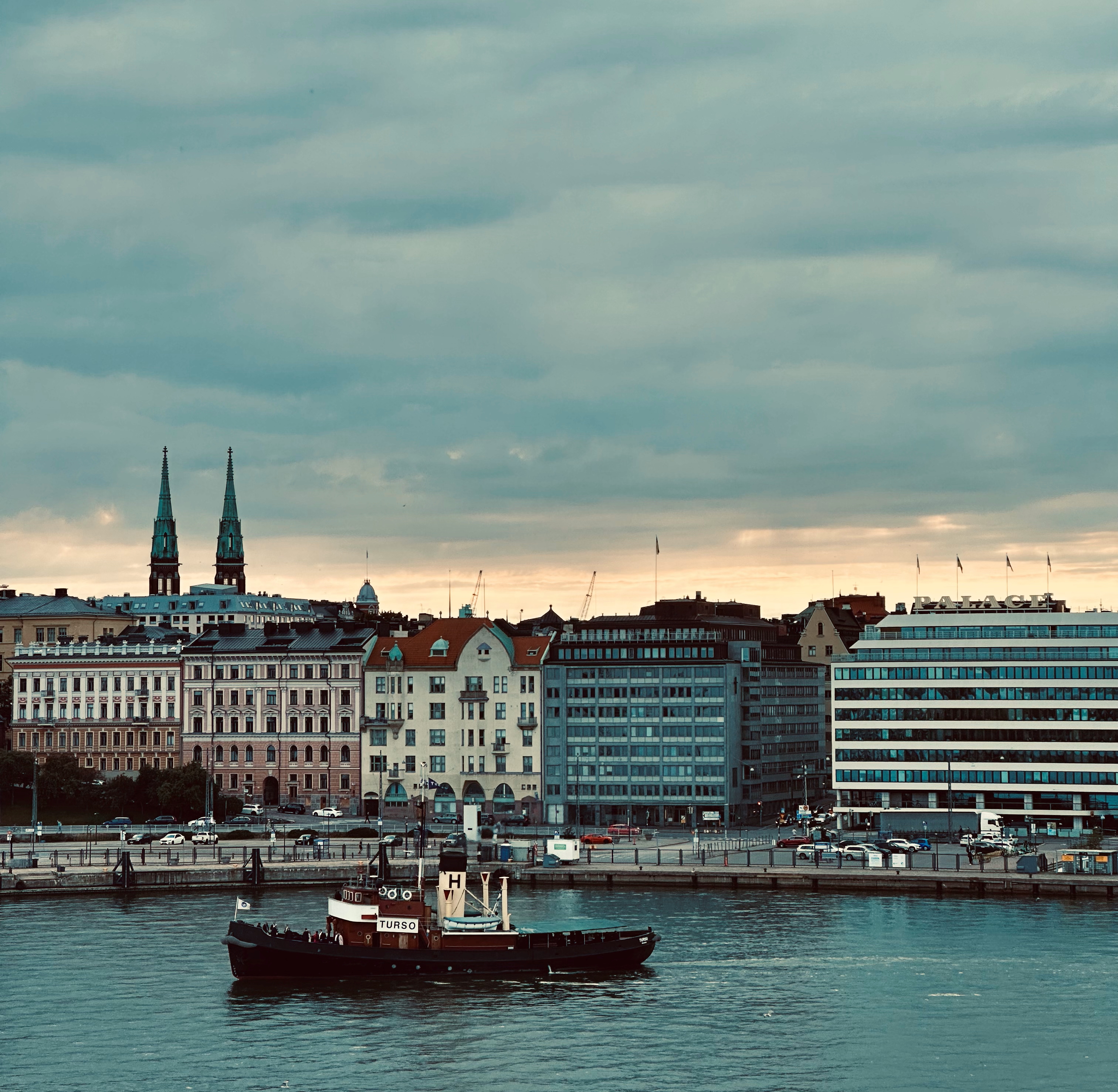
At dinner one night a director of the digital design agency Reaktor (winners of this year’s Helsinki Design Award) explained that the economy is nimbly transitioning from manufacturing to technology. Yet, such is the scale of the country, he said, Finland can only ever act as a laboratory for hatching excellent brands that wealthier companies elsewhere will buy to catapult into a different value league. This stayed with me as we took in design week and all its novelties. Economics aside, is being a design-driven laboratory for the rest of the world such a rum deal? At least the Finns have happiness on their side.
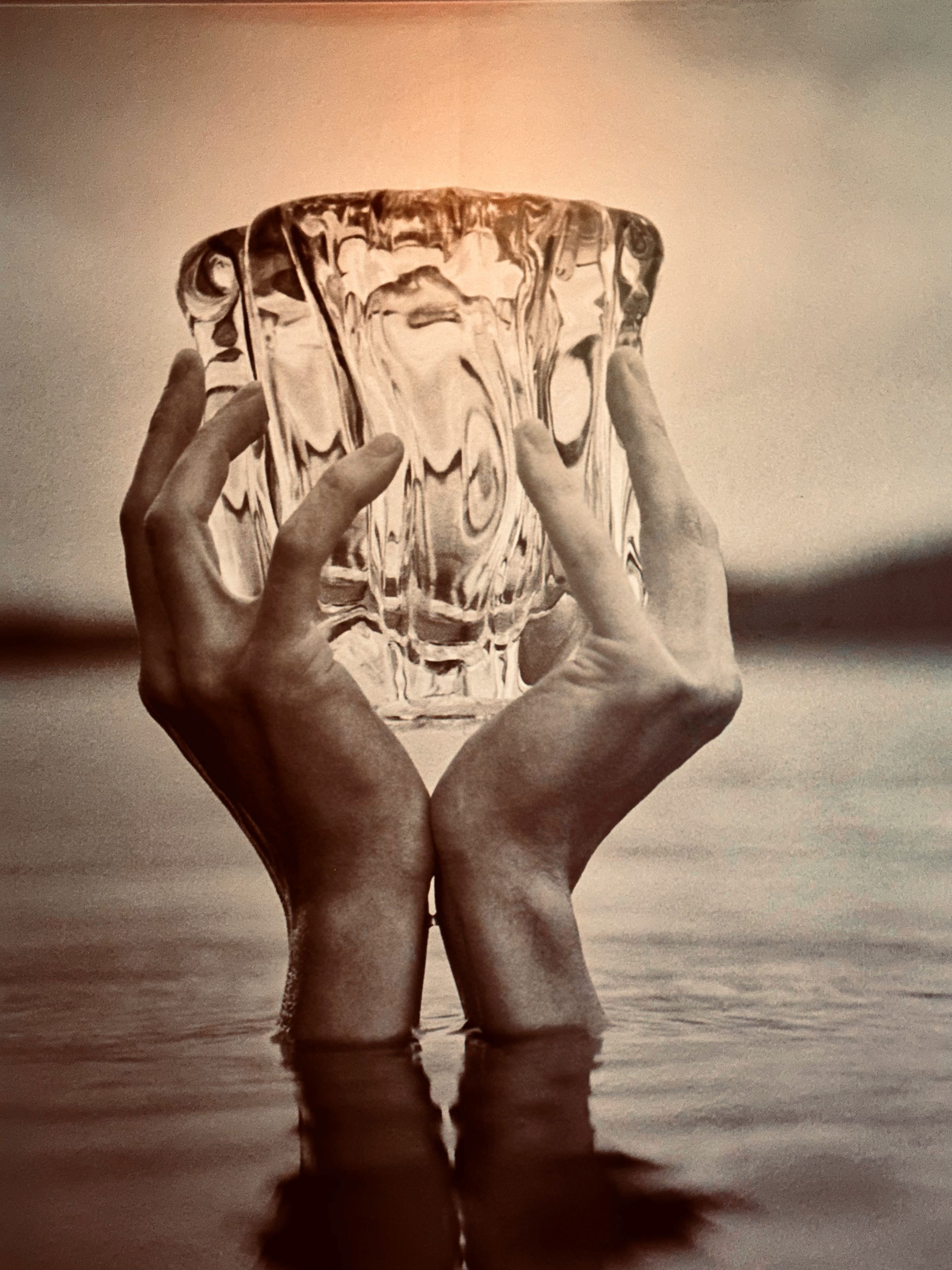
Highlights from Helsinki Design Week 2024
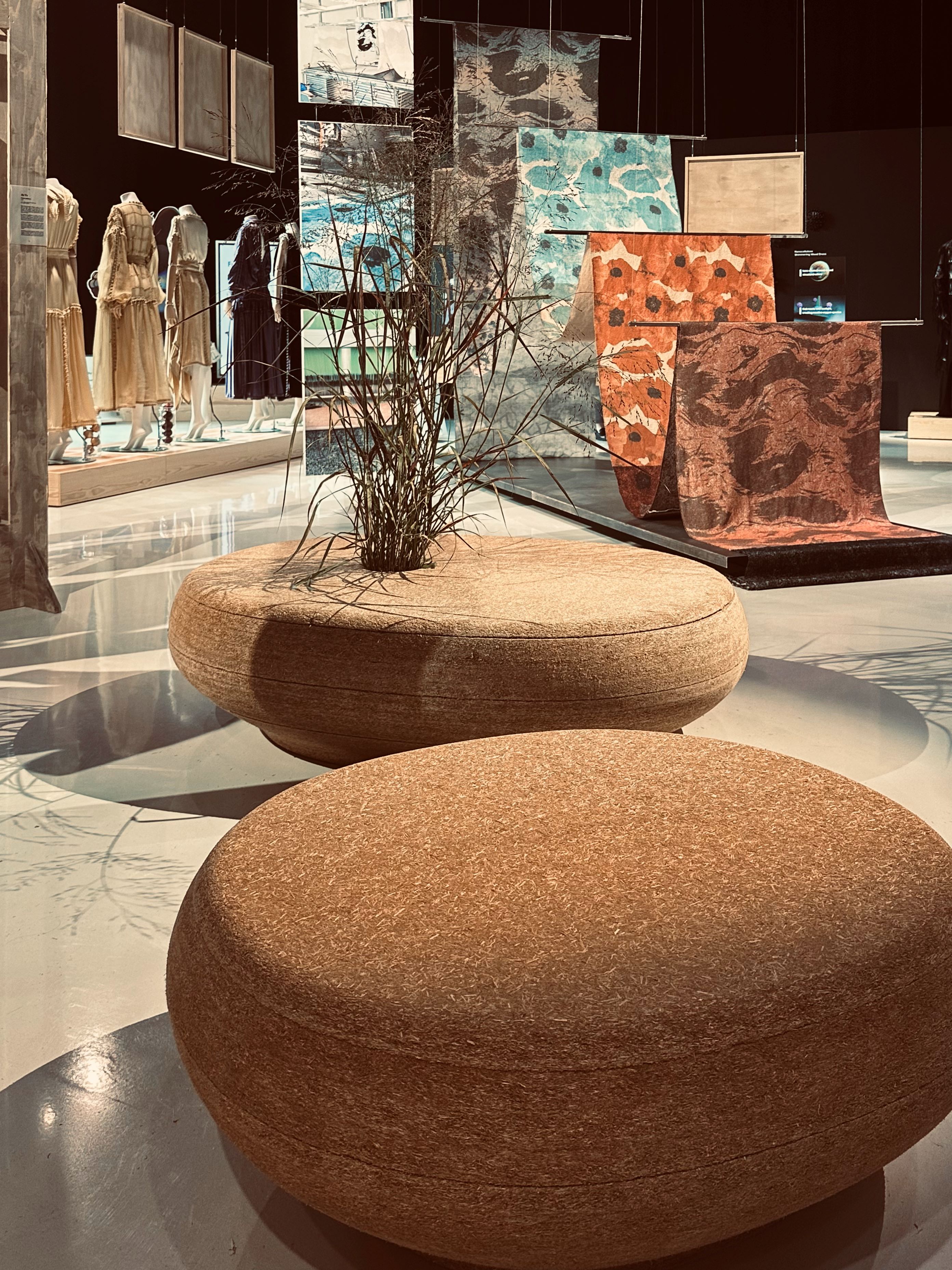
Aalto University
15-years ago the business, technology and design universities in Helsinki merged to create the Aalto University, pioneering trans-sectoral education and research in the process. A new building opened on the campus last week dedicated to AI, augmented reality, brain research, communication and staged events. It is also home to the sixth edition of student work under the title ‘Designs for a Cooler Planet’, on show for design week. These are more than speculative projects. In many cases, thanks to the collaborative nature of the Aalto educational approach, interesting concepts are able to be prototyped and tested for viability at greater scales. Here we learn about textiles made from banknotes taken out of circulation, alternative packaging solutions, natural dyes and shimmering sequins made entirely from wood. If Finland is the laboratory of the world, then Aalto University is the laboratory of the future.
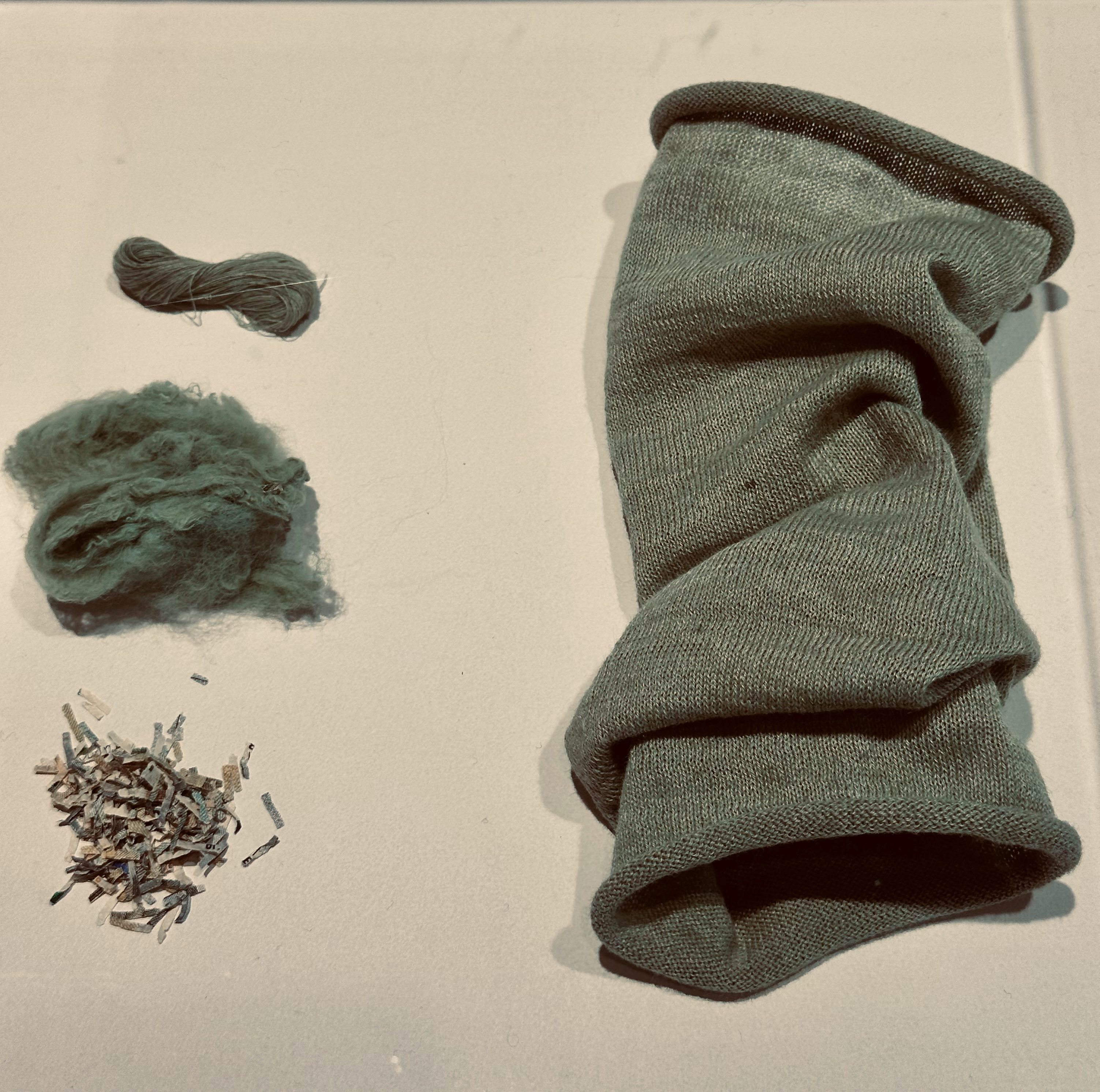
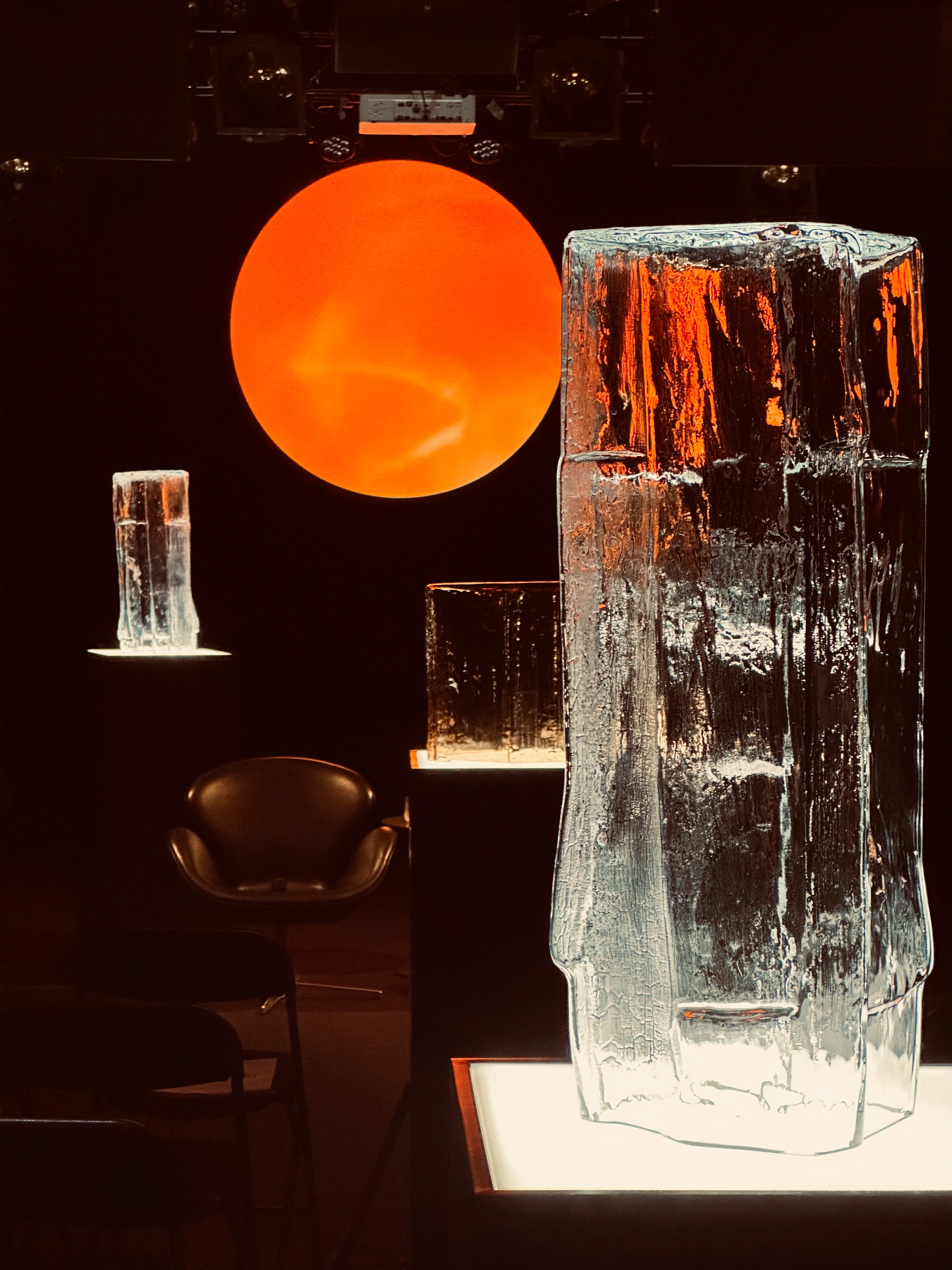
Iittala
In the red brick depths of Kulttuuritalo, the Helsinki Hall of Culture (designed by Alvar Aalto and opened in 1958), Iittala staged a magnificent, evocative showcase. Titled ‘Kaamos’, the show consisted of ten monumental glass sculptures in the blacked-out belly of the building, lit by a circular projection of the sun or the mouth of a furnace. Iittala’s new creative director Janni Vepsäläinen has caused a stir with her dynamic handling of the heritage glass company since her appointment last year. Iittala resides in the homes and hearts of most Finns, so changes come with great responsibility and high stakes. From where we stand, we applaud Vepsäläinen for reigniting passion into a brand that has fire at its heart and alchemy in its soul, and it is clear she cares deeply about the origins and the future of Iittala. ‘Kaamos’ stirred hearts and souls; capturing the elemental ‘endless shades of twilight’ as summer’s sun slowly loses its luminescence. ‘Glass doesn’t exist without light,’ Vepsäläinen said casually at the opening, suggesting material intelligence and a gift for aphorism in a beat. Where so many long-cherished brands in design are now being run by money men in grey suits, how exciting it is to have a youthful firebrand and enlightened creative at the helm of Iittala.
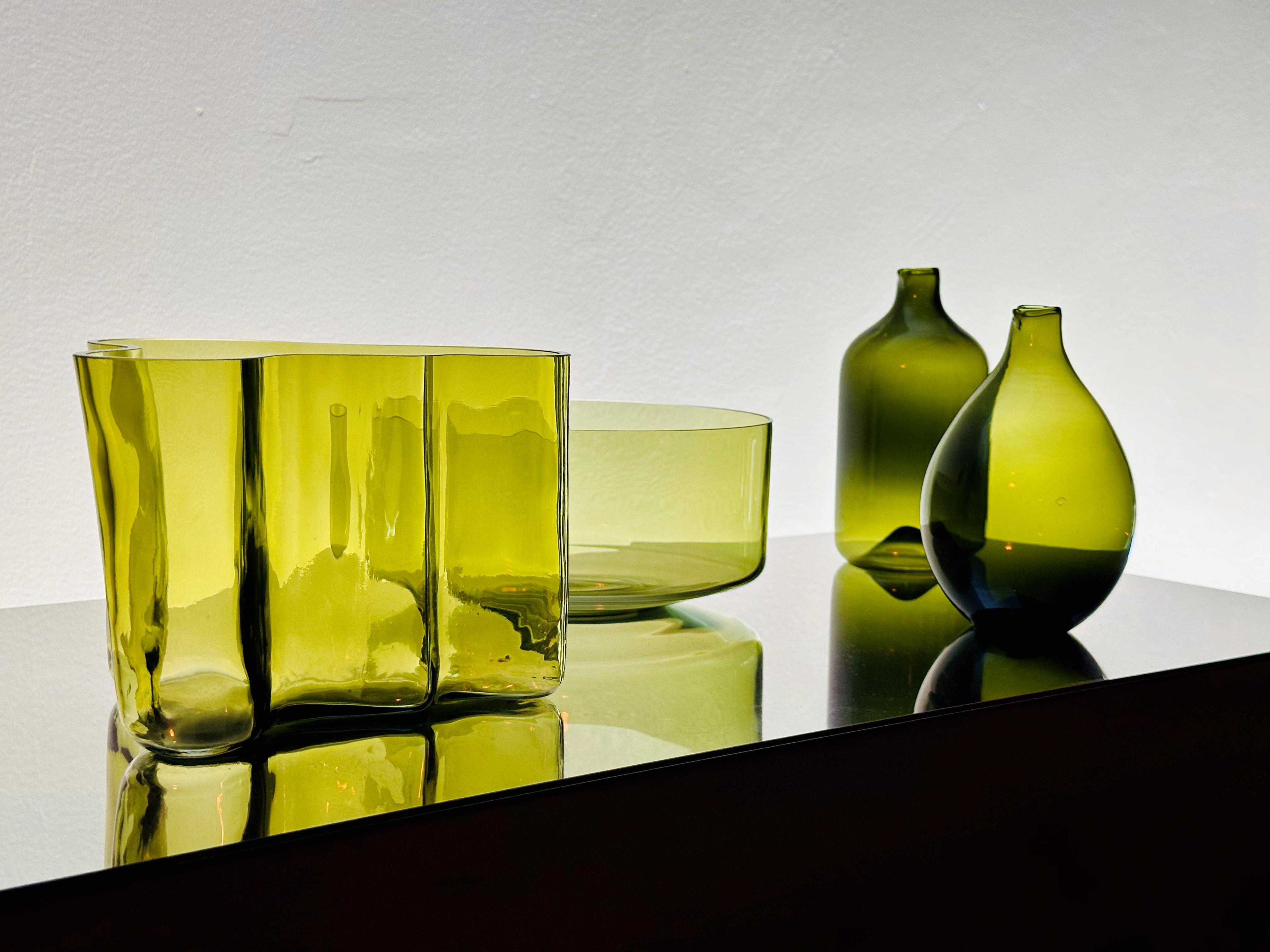
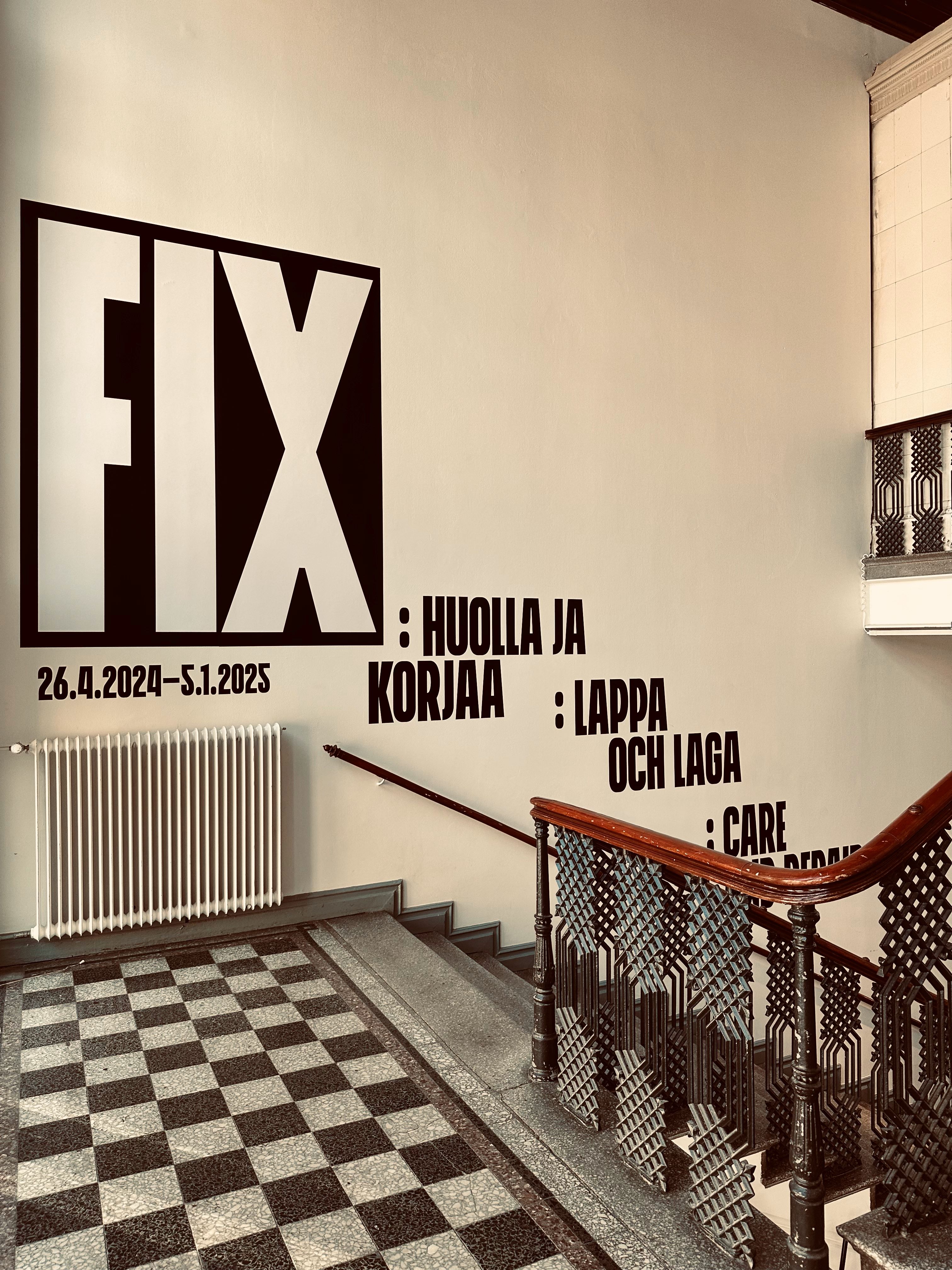
Helsinki Design Museum
A merger earlier this year between the Museum of Finnish Architecture and the Design Museum in Helsinki heralded the call for an anonymous architecture competition to design a home for what will be on completion (slated for 2030) one of the world’s largest museums dedicated to design and architecture. In the same location where the ill-fated Guggenheim project was once meant to sit, this more rational project is spear-heading the redevelopment of Helsinki’s South Harbour. Meanwhile, a light yet rigorous show ‘FIX: Care and Repair’ is on at the design museum’s current abode, demonstrating the myriad ways in which attitudes to upkeep impact our belongings, buildings and lives at large.
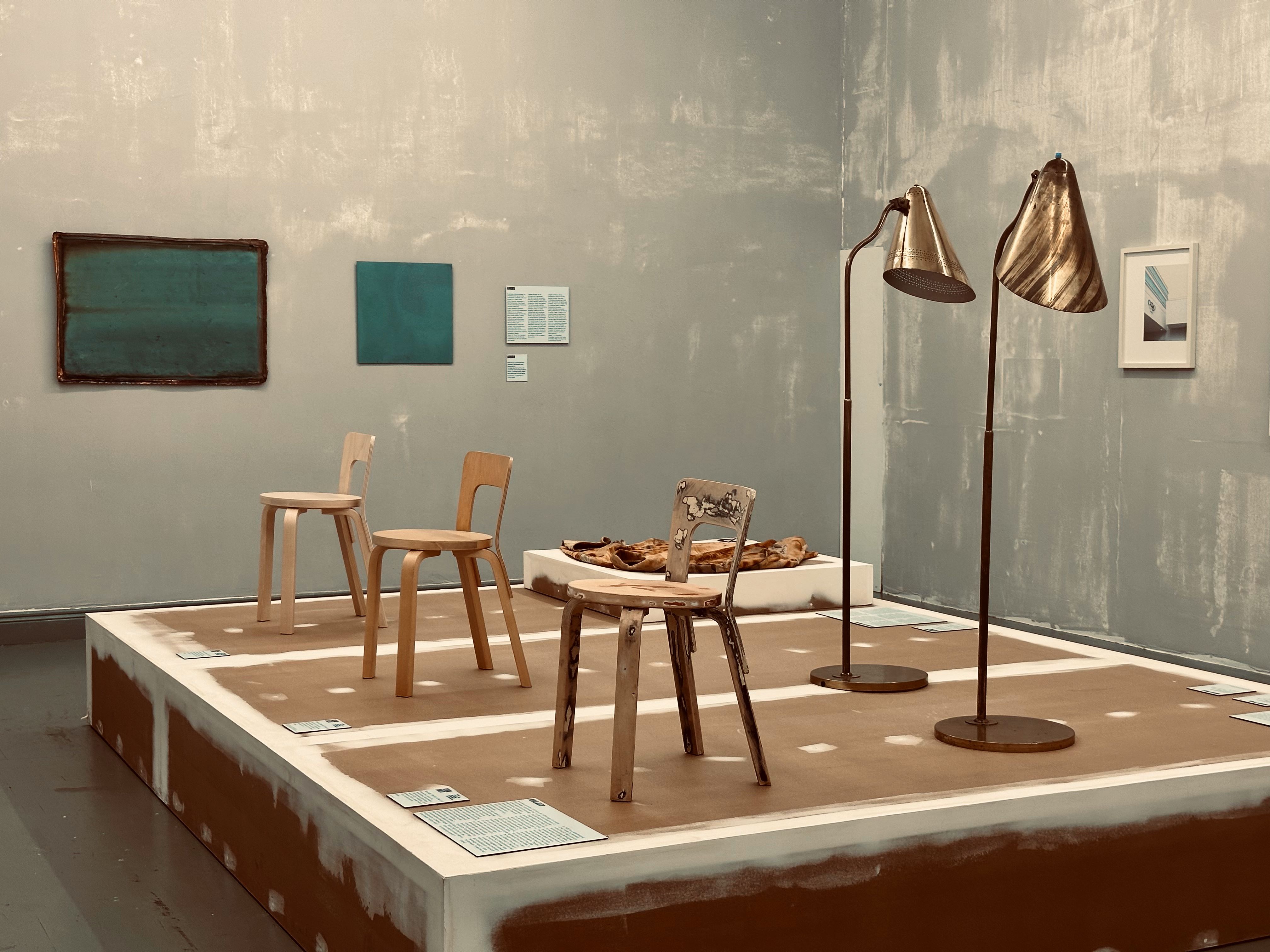
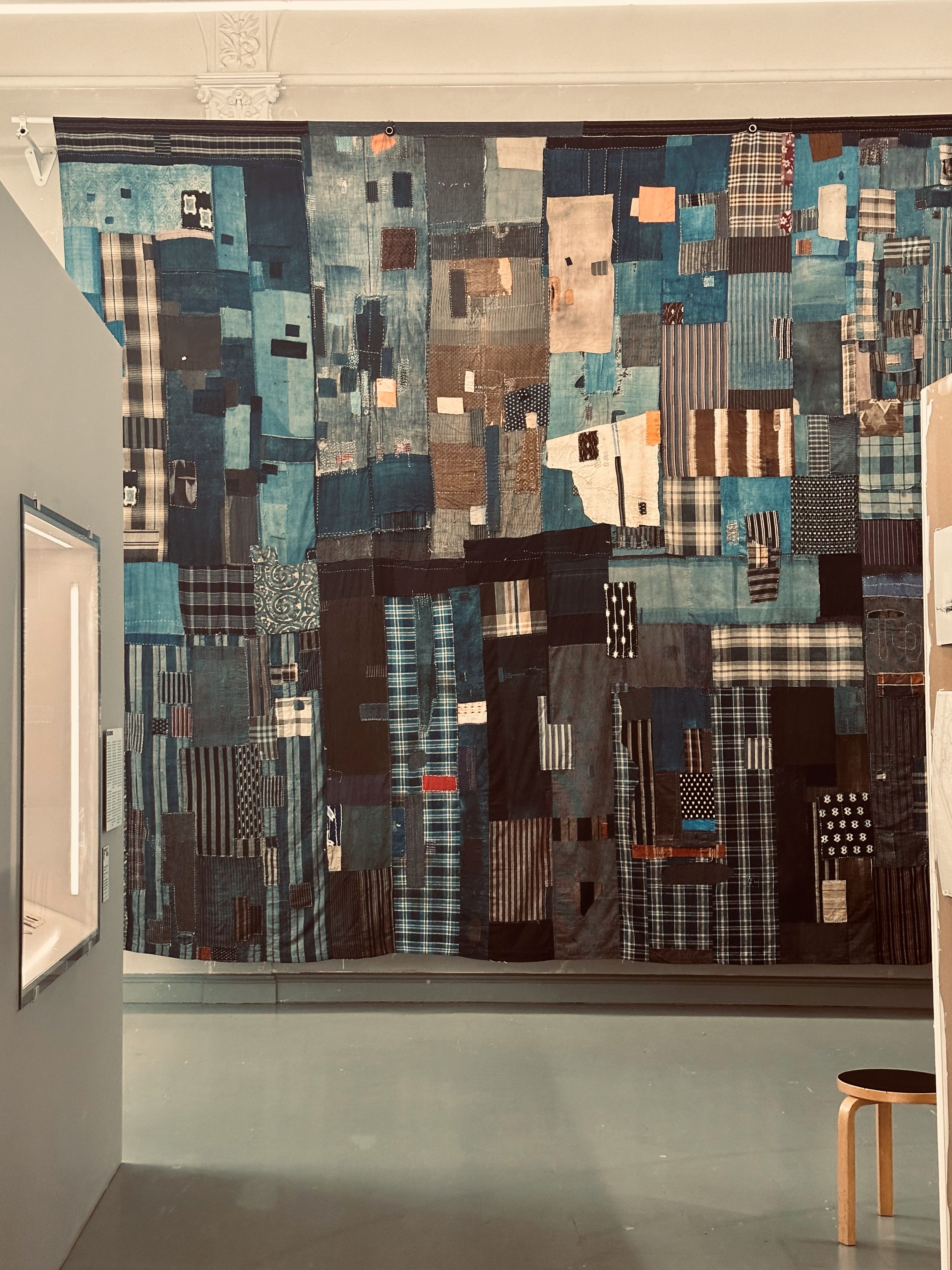
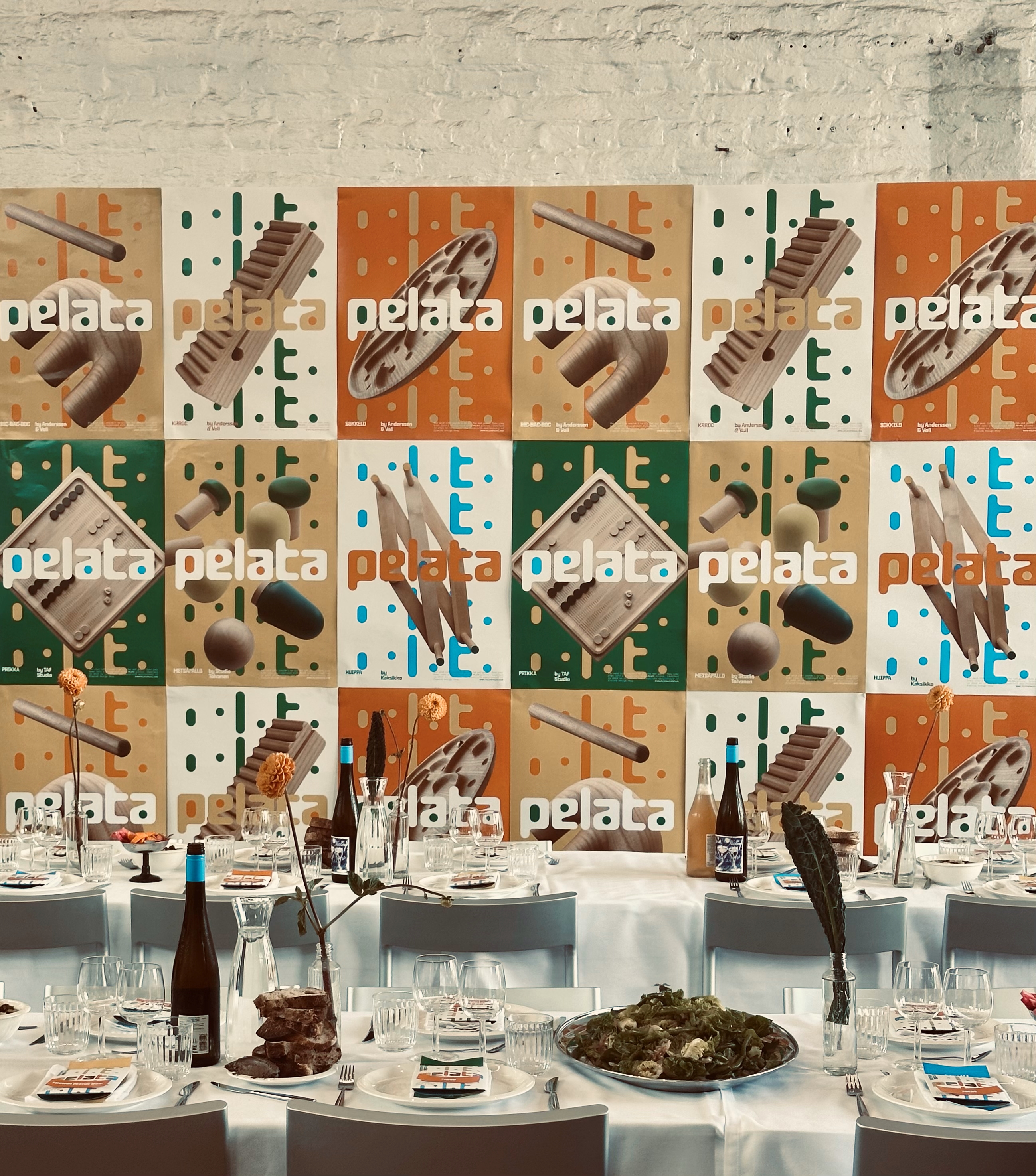
Finnish Design Shop
Celebrating their 20th anniversary of ‘shipping Nordic happiness around the world’ to 170-odd countries, the Finnish retailer and distributor has marked the occasion by launching their first own-brand collection. Called ‘Pelata’ which means ‘Let’s Play’ in Finnish, the collection comprises a range of wooden objects designed for children to enjoy and for adults to reawaken their inner youthfulness. Musical instruments by Norwegian stars Anderssen &Voll, a backgammon board by TAF Studio, and throwing games by Kaksikko and Studio Tolvanen were launched over a homemade seasonal banquet lunch in the old train yards. ‘Playing games is one of the simplest but also most powerful ways of engaging with the world and each other,’ said Teemu Kiiski, founder of the Finnish Design Shop: ‘Good design is about engagement, not just looking at things.’

Habitare
Trade fairs have it tough in design these days. Away from the global behemoth of Salone and the larger regional events in Stockholm and more recently Copenhagen, Helsinki’s trade fair addresses the Finnish market. As such ‘news’ is fairly thin on the ground. Carl Hansen were first-time exhibitors, having opened a showroom in Helsinki in the pandemic. Amongst old favourites, highlights on their stand included beautiful lighting from their 2023 acquisition of Danish Lighting manufacturer Pandul. Elsewhere, acoustic and environmental lighting solutions demonstrated the Finns rigour with sensory wellbeing in design and architecture. Winter is always coming in this part of the world. What could be a dry affair in Habitare is lifted substantially by the inclusion of younger designers in a dedicated section too. Ones to watch are Myceen, pushing the boundaries of Mycelium not just for product design, but as a building material too. We were also charmed by the young talent Teemu Vidgren’s interpretation of traditional Finnish vernacular objects from ‘peasant houses’ in his own words, which included a standing candlestick and textile screen-cum-room divider.
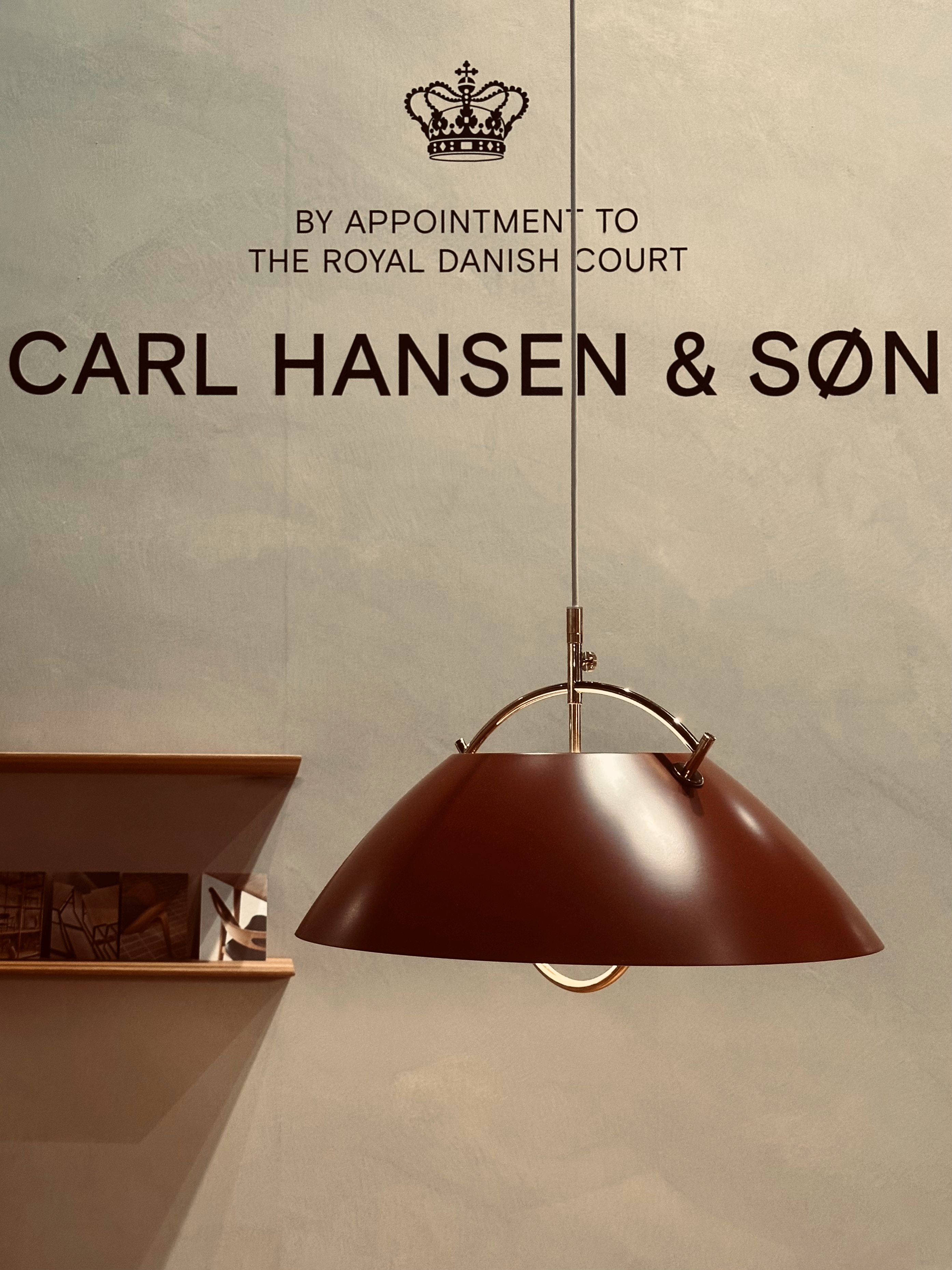
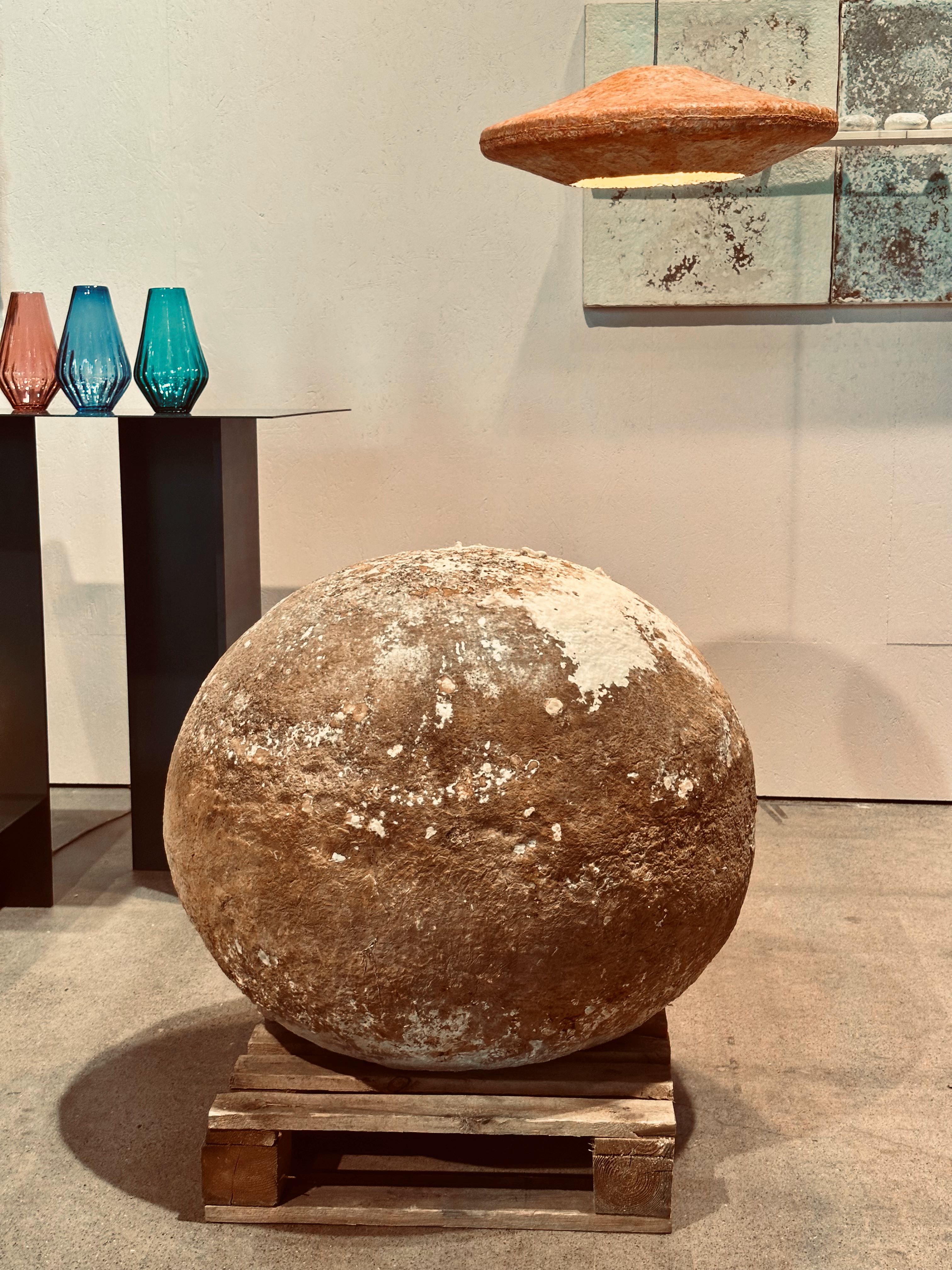
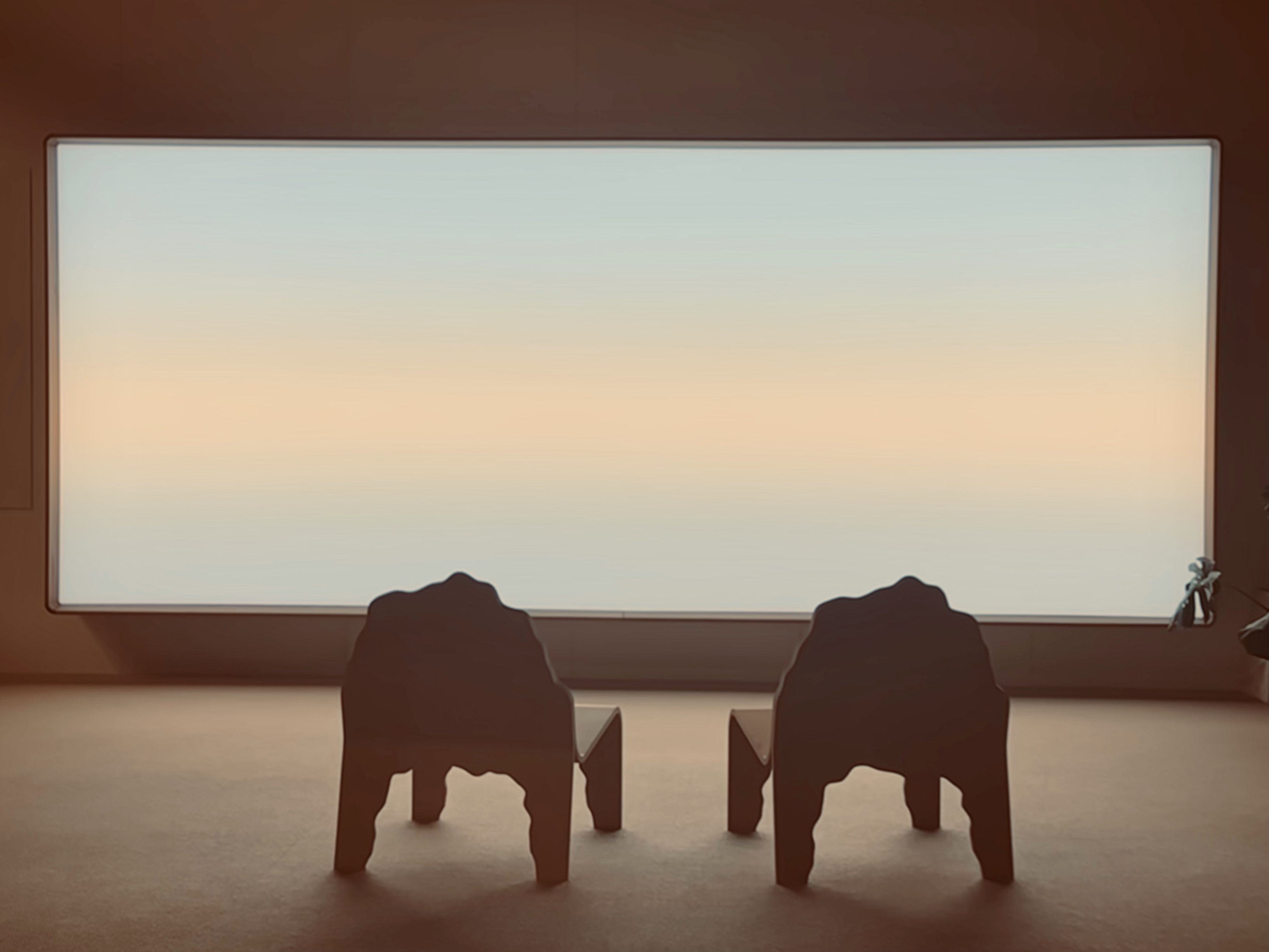
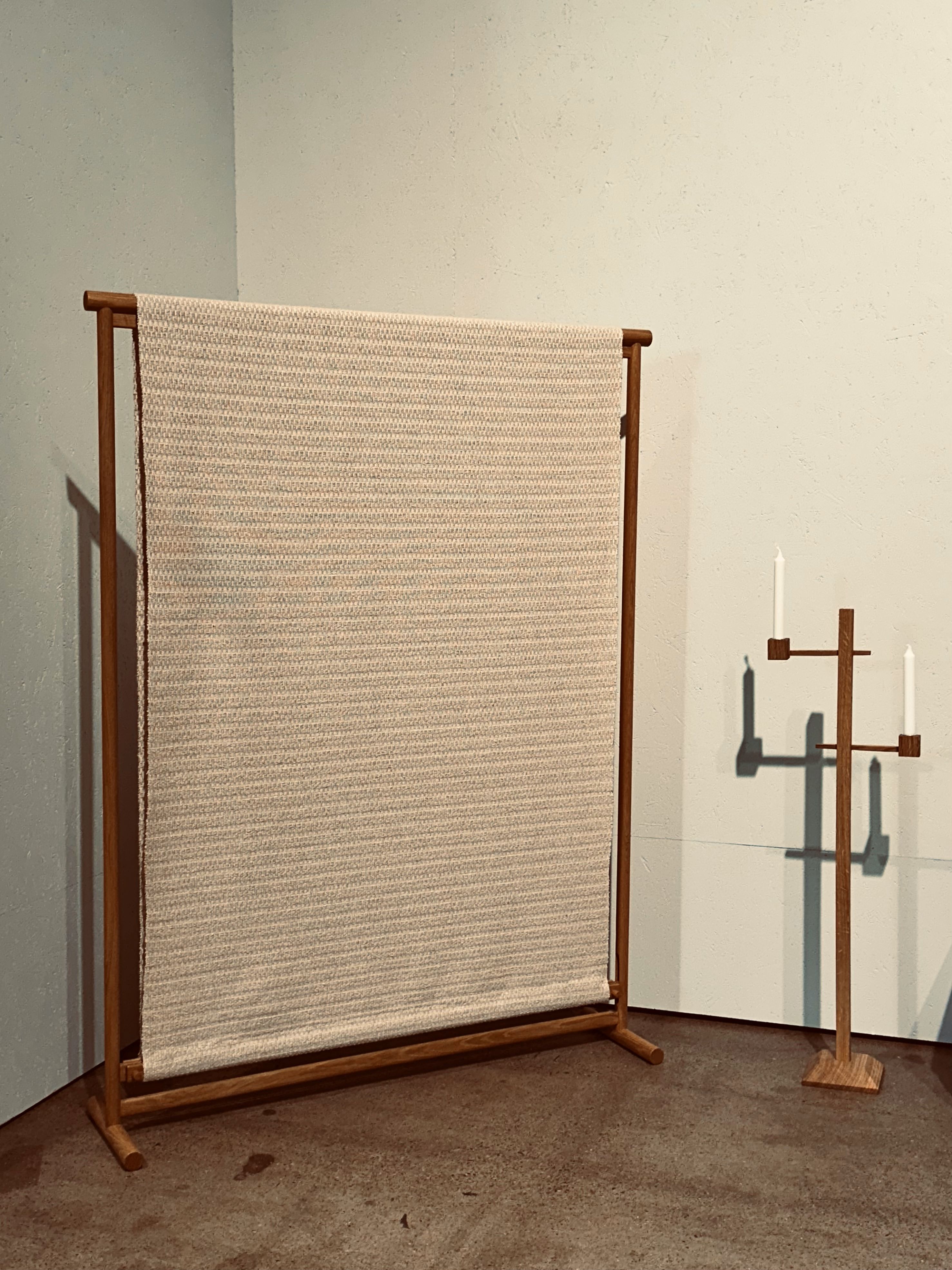
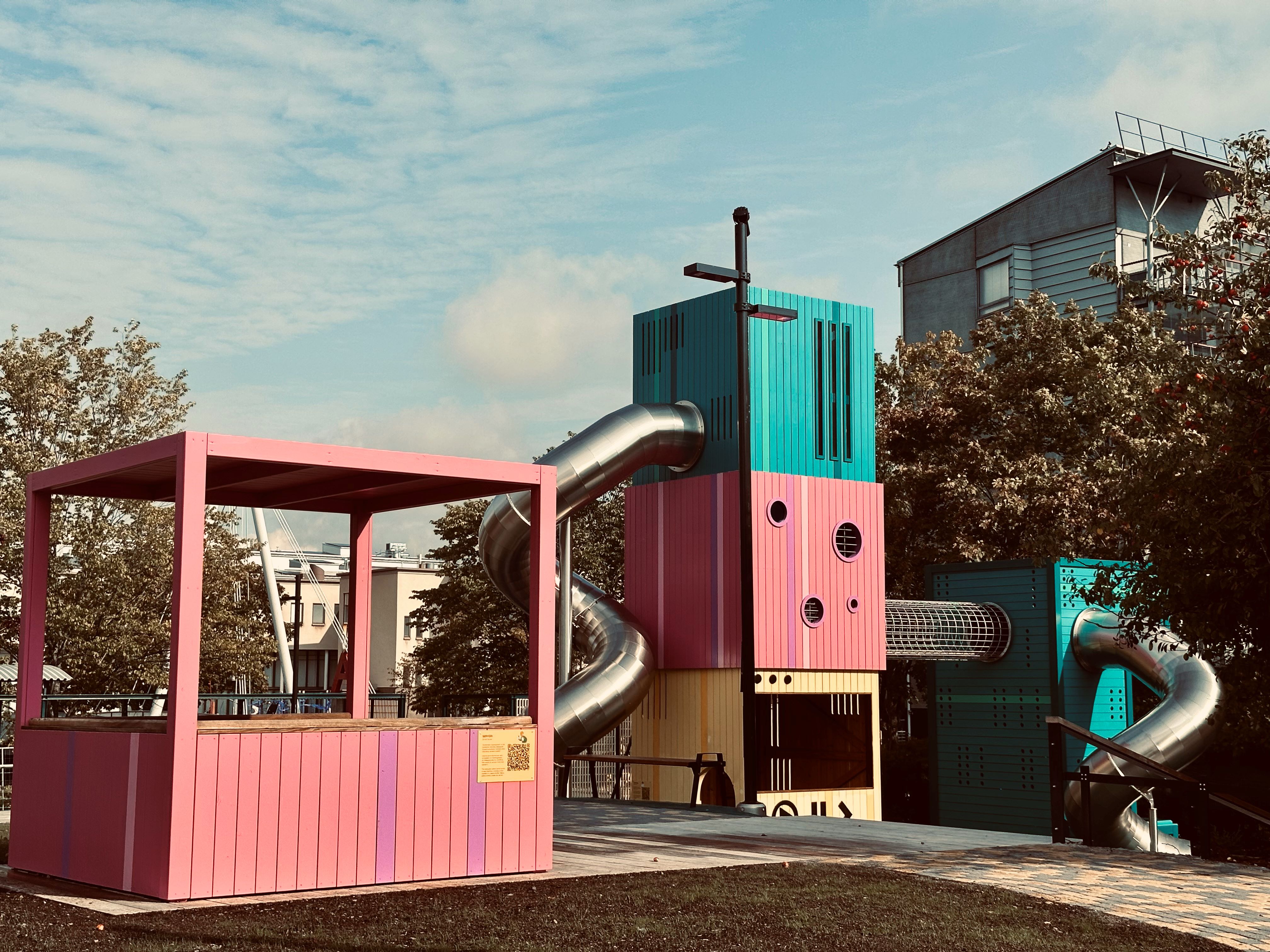
Ruoholati Playground
The first computer-themed playground in the world is soon to open, thanks to the combined imagination of children’s author Linda Liukas and the vision of Hanna Harris, Helsinki’s chief design officer. Helsinki is celebrating 110 years of public playgrounds this year. There are currently 64 playgrounds in Helsinki and this remodelled one from the 1990s is brilliantly bizarre. ‘The idea is to help children engage about computer culture through bodily action,’ Liukas explains, ‘Learning through play is a powerful way of demystifying complex subjects and helping to make people comfortable with the unknown.’ Across different zones and brightly coloured objects here, children are encouraged to learn ideas about keyboards and algorithms, coding and media safety. ‘We hope to reduce the fear-factor of computing and help make positive memories for children growing up in a digital world,’ Liukas concludes. ‘Don’t forget to play!’ wrote Alvar Aalto. He would no doubt approve of the Ruoholati Playground, and of Helsinki Design Week this year too.
